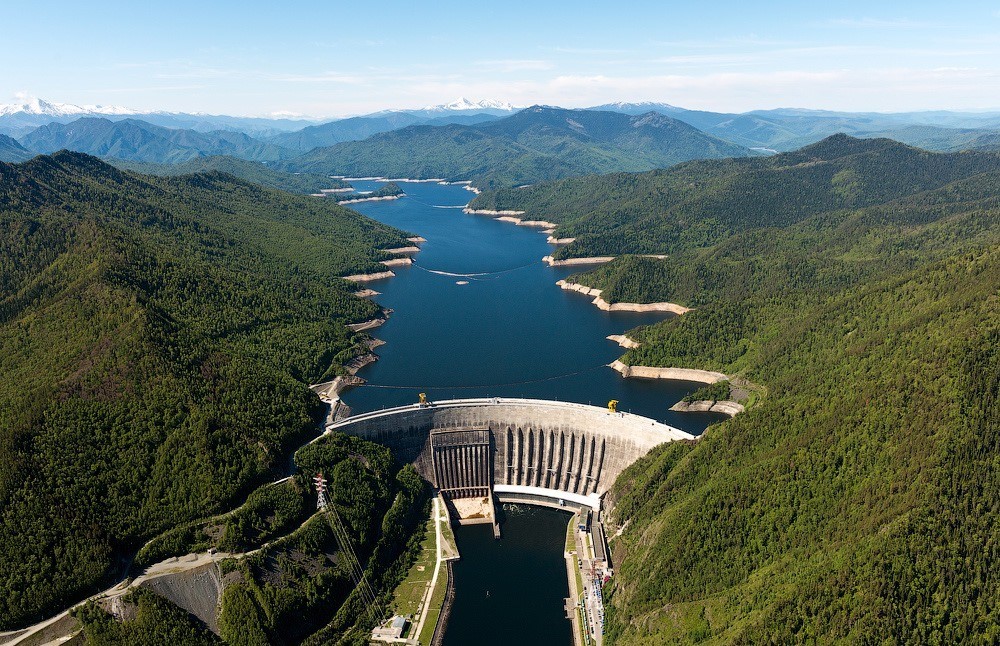Top 6 Largest and Most Majestic Hydroelectric Power Plants in the U.S for Travelling
| Table of Contents |
We get our electricity from water thanks to hydroelectric plants, which are engineering marvels. A metal shaft inside a generator is propelled by the rushing water that drives the turbines. The generator then functions as an electric motor.
However, it's impossible to construct a hydroelectric dam anywhere because the water must travel at a great speed in order for the turbines to turn. Traditional hydroelectric dams have an intake that directs water to the turbines, which produce electricity in the powerhouse and then transmit it over long distances via power lines. As you'll see in the section below, hydroelectric power plants are carefully planned and placed.
The United States ranks among the top nations in the world for hydropower production.
Hydropower in the United States
In the United States, the cost of operating a hydroelectric power plant per kilowatt hour in 2020 was roughly 12.71 mills. The US ranked as the fourth-largest hydropower consumer in that year.
Top 6 Largest and Majestic Hydroelectric Power Plants in America Today
1. Grand Coulee Dam – Washington – 6.8GW
 |
| Grand Coulee Dam - Biggest Hydroelectric Power Plants in the U.S |
Three phases were used to construct the 6.8 GW Grand Coulee hydropower project, which is located on the Columbia River in Washington, US. It began operations in 1941 under the ownership and management of the US Bureau of Reclamation. The plant has a yearly generating capacity of more than 24TWh.
Three power plants and a concrete gravity dam that is 1,592 meters long and 168 meters tall make up the Grand Coulee hydroelectric station. Its construction began in 1933, and by 1950, the left and right power houses, which combined 18 Francis turbines with a combined rating of 125 MW and three additional 10 MW units, were operational.
Three 805 MW units and three 600 MW units make up the third power plant. All six of the plant's units, which were being built since 1967, were put into service between 1975 and 1980. 2013 saw the start of the overhaul of three 805 MW units at the third station. The overhaul of the third unit is anticipated to be finished by the end of 2020. Two of the units underwent overhauls in April 2016 and March 2019. In 2024, work on the remaining three 600 MW units is expected to start.
2. Bath County Pumped Storage Station - Virginia
 |
| Bath County Pumped Storage Station |
The 3GW pumped storage hydroelectric power plant is situated in the northern part of Bath County, Virginia. On the list of largest hydropower plants in the US, it comes in at number two.
Two reservoirs are part of the station. The upper reservoir is 460 feet high and 2,200 feet long, compared to the lower reservoir dam's 135 feet height and 2,400 foot length. In 1985, the Bath County Pumped Storage Station started operating for profit.
3. Chief Joseph Dam – Washington
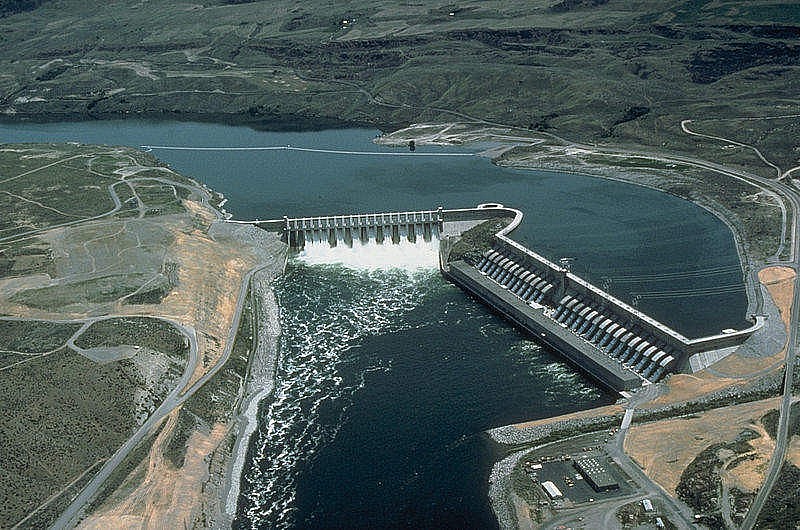 |
| Chief Joseph Dam |
The Chief Joseph Dam, a hydropower producing dam in the US with an installed capacity of 2.6GW, is run by the US Army Corps of Engineers. It is a concrete gravity dam located 2.4 kilometers upstream of Bridgeport, Washington, on the Columbia River.
On the list of largest hydropower plants in the US, the facility comes in third place.
Power produced by Chief Joseph Dam is sold by the Bonneville Power Administration. The single powerhouse, which has 27 turbines the size of houses, is over a third of a mile long, according to the US Army Corps of Engineers.
It took about 2.2 million cubic yards of reinforced concrete to build the Chief Joseph Dam. There are 84 monoliths in it. The Bonneville Power Administration (BPA) switchyard close to the dam receives the initial delivery of power generated by the facility.
North of Seattle, in the Everett region, the Chief Joseph Dam produces about 80% of its energy. Washington, Oregon, Montana, Idaho, California, Wyoming, Utah, and Nevada use the electricity produced at the dam.
4. Robert Moses Niagara Power Plant - New York
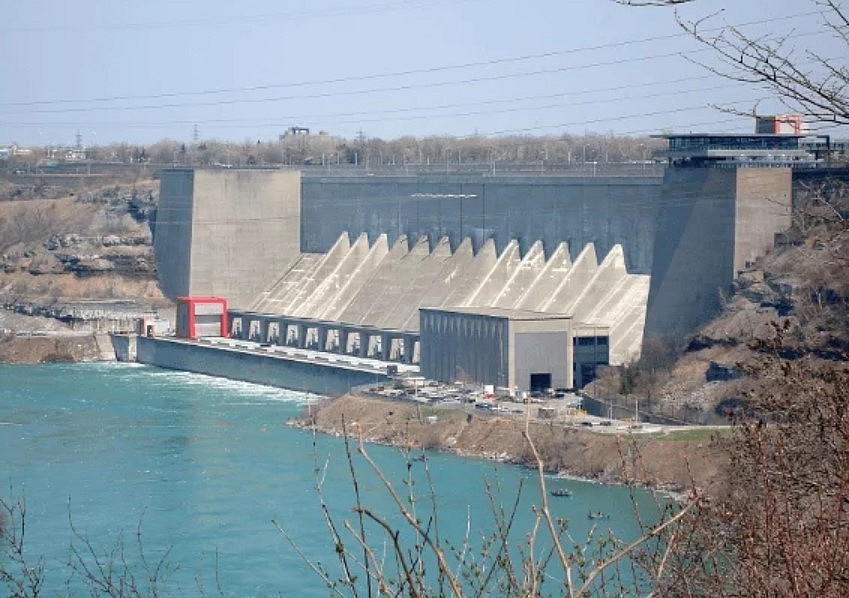 |
| Robert Moses Niagara - Biggest Hydroelectric Plants in America |
The Robert Moses Niagara hydroelectric power station, which is close to Niagara Falls in Lewiston, New York, has a 2.6GW installed capacity. The New York Power Authority (NYPA) is the owner and operator of it.
The largest source of electricity in New York State is thought to be the Niagara power project.
The facility has 25 turbines that spin at a rate of 748,000 gallons of water per second to produce electricity.
The facility diverts water from the Niagara River into two reservoirs for the purpose of producing electricity using a gated tunnel beneath the City of Niagara. In 1961, the Robert Moses Niagara power plant began producing electricity.
5. John Day Dam – Oregon/Washington
The John Day Dam, with a 2.1GW installed capacity, is 45 kilometers east of The Dalles, Oregon.
On lists of the largest hydroelectric power plants in the US, it comes in at number five. It is a run-of-the-river concrete gravity dam that spans the Columbia River in the US.
The John Day Dam's building was finished in 1971. The US Army Corps of Engineers constructed and manages the facility.
An estimated $511 million was spent on the construction of the hydropower dam. There are 13 turbines in total, each with a 135MW capacity. The Pacific Northwest region receives the hydropower dam's electricity production.
6. Hoover Dam – Nevada/Arizona
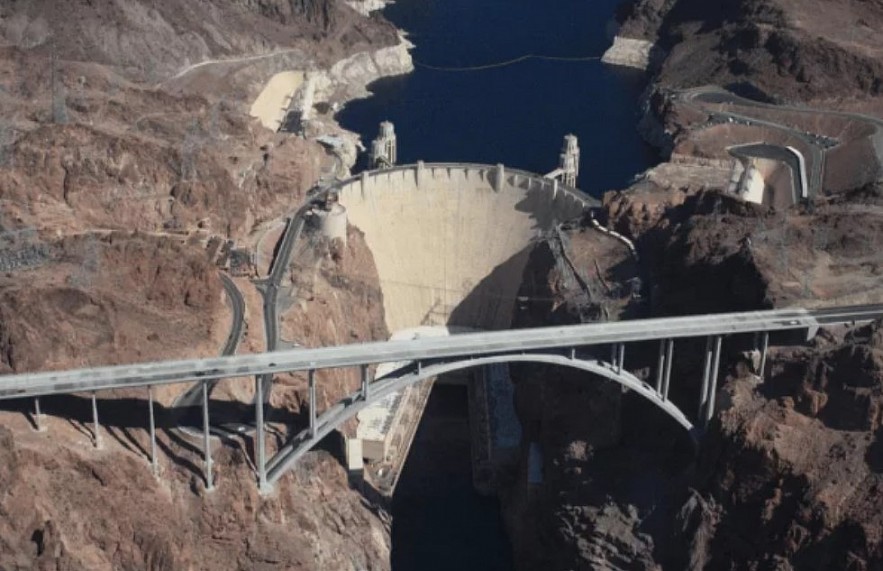 |
| Hoover Dam |
Boulder Dam was formerly the Hoover Dam. It was built between 1931 and 1936 and borders both Arizona and Nevada. Over 100 people died as a result of the effort, which was carried out during the Great Depression and involved thousands of workers. The maximum water pressure at the dam, which weighs 6.6 million tons, is 45,000 pounds per square foot.
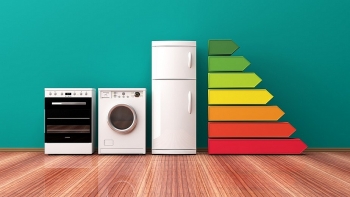 How to Save Electricity at Home How to Save Electricity at Home Electricity consumption is one of our biggest environmental concerns, and for good reason. Saving electricity at home can not only help reduce our household need ... |
 Unplug 6 Devices to Reduce Electricity Bill Costs Unplug 6 Devices to Reduce Electricity Bill Costs The following devices have a fairly large power consumption. Therefore, after use, you should turn off the power or unplug it. |
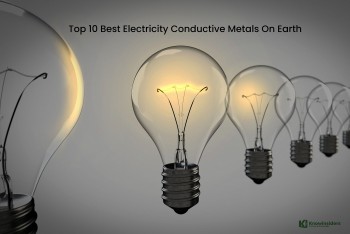 Top 10 Best Electricity Conductive Metals On Earth Top 10 Best Electricity Conductive Metals On Earth Which metal is the most effective power conductor? Silver? Copper? Gold? Read on to know Top 10 Best Electricity Conductive Metals On Earth. |

